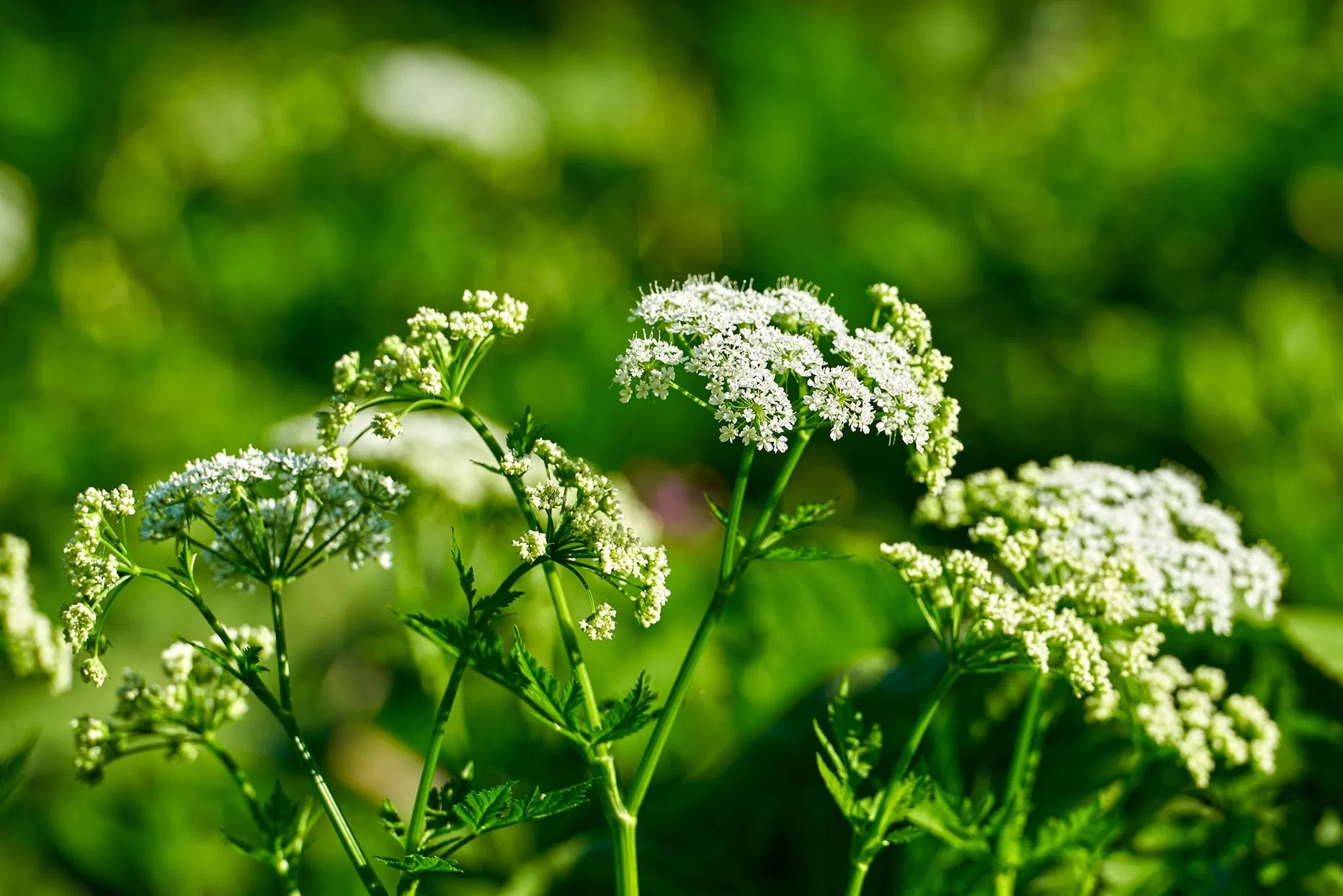
Flowering Poison Hemlock. Photo courtesy of Better Homes and Gardens.
By MICHAEL CRIMMINS
Glasgow News 1
Thousands of drivers travel U.S. 31-W everyday; glancing out of their windows they might notice rows of dark green plants. Due to the high speeds set for this road, and the split second that the plants are in their view, people might misidentify them as nothing more than dark green ferns.
In actuality this plant is Conium maculatum, or Poison Hemlock. The same plant that is historically responsible for the death of such figures as Theramenes, Socrates, Polemarchus, and Phocion.
Chris Schalk, extension agent of agriculture and natural resources at the UK Extension in Glasgow, explains Poison Hemlock is an invasive plant species brought to the United States from Europe as an “ornamental” plant.
“Somebody thought that was a good idea,” Schalk said. “It is the same Hemlock that we hear about that led to the demise of Socrates. That’s where the poison is derived.”
Originally, Schalk said, this plant grew in “non crop” areas like along creeks or railroads but has begun spreading into more trafficked areas.
“We’re seeing it in every county. Poison Hemlock is getting to be more of a problem,” Schalk said. “It’s becoming more prevalent. Traditionally we just saw it along creeks and railroads or along a roadway that is not used regularly but now we are seeing it move out more and more into our more heavily [used areas] and creep into the fields and that’s what is worrisome.”
While the plant is toxic to humans, the other problem, Schalk said, is the fact that the plant remains toxic even after it dies unlike most other toxic plants whose toxicity decreases over time. This poses an issue in Barren County and its, according to the USDA, 1,621 farm as animals are unlikely to graze on the plant, but will consume it if it’s lumped in with other food.
“What I think is the worst problem is that unlike a lot of poisonous plants it does not lose its toxicity when it gets rolled up, or baled up, in hay,” Schalk said. “Some plants as they dry up lose their toxicity [but] Poison Hemlock is not that way. It retains its toxicity because it’s more of an oil-based toxin in the plant.”
“We see very few die from grazing the plant, but they will eat it in the hay,” he added.
Given the oily nature of the plant’s toxins, Schalk said, it poses a risk to people trying to remove Poison Hemlock by hand as well. He said that while it would take a lot of the toxin to be harmful caution should be used — he remembers one farmer who “burned the tops of his ears” after handling the plant.
Nevertheless, Schalk said “it’s not hard” to control the plant through chemicals and herbicides. Ideally, he said, the goal would be to kill the plant while it’s yong and before it reproduces.
“It’s pretty easy to chemically control this time of year,” Schalk said. “As it gets older it gets much more difficult to control and once it flowers and makes seeds you can kill the individual plant but the plant still wins.”
“They say that one Poison Hemlock plant can make maybe 20-30,000 seeds so if you let the plant live and it makes seeds and then kill the plant the final score is 20,000 to 1,” Schalk added.
To put it in concrete terms, Schalk said it’s easier to kill about the same time as it’s easy to kill Dandelions. During this time of year Poison Hemlock appears as a low-lying ferm but as it gets more mature sprouts white flowers and can grow up to eight feet tall with thick stalks that have purple ribbons going up the sides.
In the vein of wanting to kill it before it matures, Schalk said it only takes a year to start producing seeds.
“It is classified by the botanists as a biannual so it should take two years to complete its life cycle but somebody forgot to tell the Poison Hemlock that because in the Ohio River Valley South it’s completing its life cycle in one year,” Schalk said. “We would think of it as a winter annual. It’s going to grow through the winter and then in the mid to late spring it’ll be eight feet tall.”
Schalk said before removing it people should send a picture of the plant to him or another knowledgeable person who can offer a “positive diagnosis.”
“In order to be good stewards of the land, in order to control it, we need to make a positive diagnosis of what it is,” Schalk said.

Comments